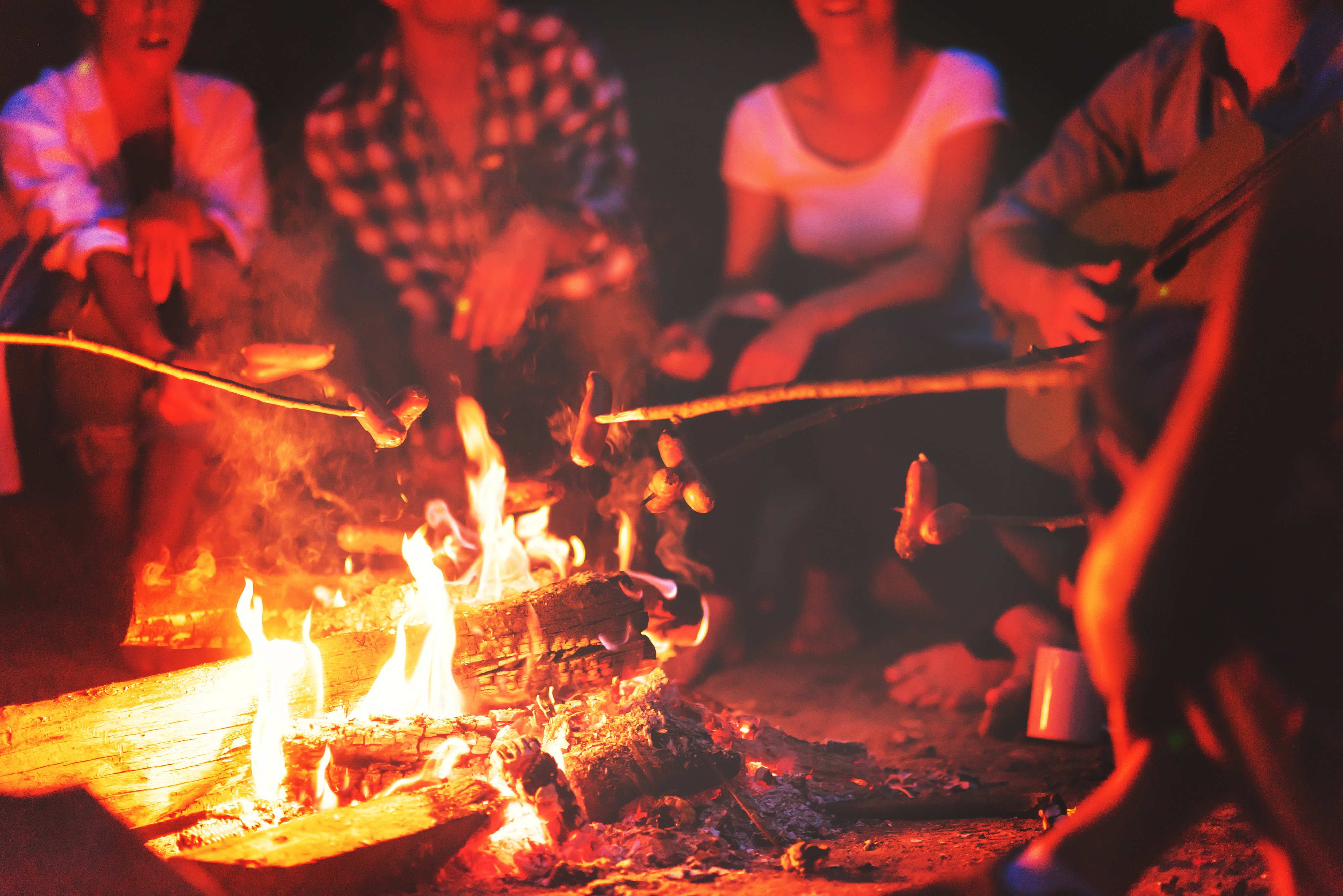
Whether it’s a campsite fire to cook on (or just keep the bears away), or a cozy indoor blaze, starting a fire is an essential skill.
But always keep your wits about you. If you’re in the great outdoors, make sure it’s not a bone dry, windy day that could carry off dangerous sparks. Keep an ample amount of water on hand to put out the fire. Indoors, make sure all flues and vents are open and clear.
We’re skipping the survivalist techniques and assuming you have some reliable matches on hand, though our preference for a starter is the intense flame of a good cigar lighter. And take your time. Start your fire small and gradually build it up, following these steps:
Start with tinder.
Building a sustainable fire is not that difficult, but it does require some subtle architecture at the start. Indoors you shouldn’t have any problem gathering some newspaper to crumble up for a base. Outdoors, gather some dry leaves, dry grass, twigs, dry pine needles — any easily combustible material for your tinder. If you plan ahead and remember to pack them, cotton balls work well.
Note: Don’t overdo it. Although it seems a little counterintuitive, a fire needs air at its base to get rolling. You want just enough tinder to get a flame going.
Add kindling.
Before you light up, build a small teepee of kindling on top of your tinder. The kindling material will be somewhat larger dry sticks (a foot long or so) and bark. Gather up a good supply for after the fire is underway, because you may need to feed it from time to time to keep it burning. There’s no point in letting your tinder go out because there’s no kindling on hand.
Throw on some firewood.
You can start the fire and add logs after you have a decent kindling blaze going. But it’s more traditional, before you light up, to build an alternating stack of three or four logs (think knee high) around your kindling structure.
This is important: Use firewood that is good and dry and preferably deciduous (hardwood) rather than coniferous (pine). Unless you’re deliberately trying to build a smoldering summer fire, avoid any newly cut or green wood, which will mostly hiss and smoke you out. Fresh limbs just won’t burn.
Try to find logs or pieces that are about as thick as your wrist and as long as your arm for starters. Once you have a real blaze going, you can start throwing on the larger pieces.
Gather ’round the fire.
That’s all there is to it. With the flames crackling, it’s time to pull out your guitar and your Rebel Bourbon.
